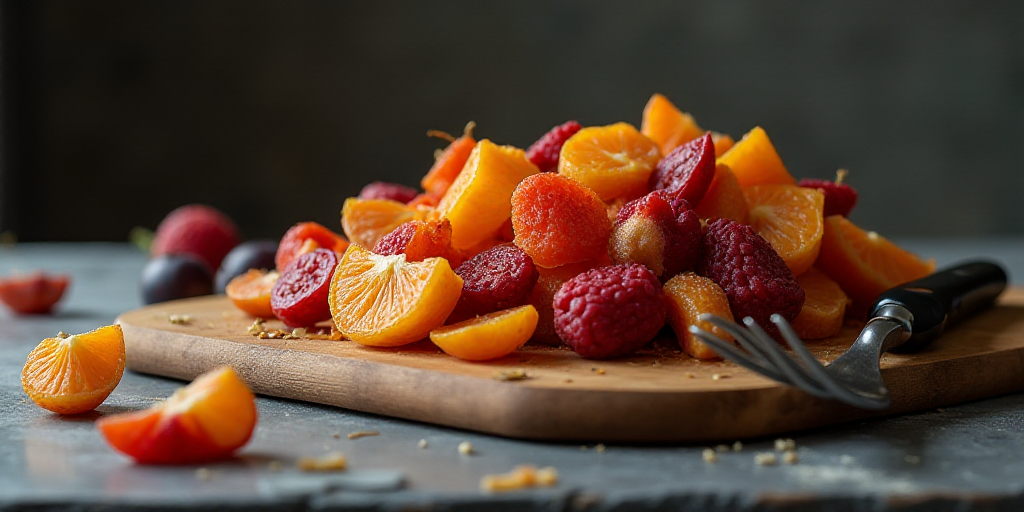The Unique Transformation of Chiles in Mexican Cooking
In Mexican cuisine, a single ingredient can have multiple lives. This is especially true for chiles, which not only intensify their flavor when dried but also acquire a new identity and purpose. This isn’t a naming error or a whim of popular language; it’s culture, tradition, and living cuisine.
Drying chiles is not merely a method of preservation; it’s an art form that adds complexity, depth, and character to Mexican dishes. As chiles dry, their nature changes so significantly that they require a new name to reflect this transformation.
Key Chile Transformations
- Serrano: becomes more potent, perfect for raw sauces like pico de gallo.
- Poblano: becomes large, fleshy, and mild, ideal for chiles en nogada.
- Chilaca: elongated and soft, forms the base of many cooked sauces.
- Habanero: an icon of southeastern Mexico, extremely spicy, and a staple in Yucatecan cuisine.
- Bola or Manzano: firm, juicy, and slightly sweet, popular in pickles.
Dried Chiles: Adding Color, Aroma, and Density to Dishes
Dried chiles contribute not just flavor but also color, aroma, and density to Mexican dishes. Some of the most significant dried chiles include:
- Ancho: dried poblano, with a sweet flavor and notes of chocolate; essential in mole poblano.
- Pasilla: dried chilaca, with a smoky, deep flavor; excellent for dark sauces.
- Guajillo: derived from mirasol, with a bright red color, mild, and sweet; ideal for adobos and broths.
- Chipotle: dried and smoked jalapeño, powerful and spicy; prominent in adobos and sauces with personality.
- Mulato: darker than ancho, with notes of plum and coffee; central to Oaxacan mole negro.
- Cascabel: round, with seeds that rattle, mild flavor and nutty aroma.
A Nation That Names What It Transforms
The tradition of renaming chiles based on their state stems from a cultural logic: Mexico names what it transforms. This isn’t merely a linguistic curiosity but a recognition that cuisine is an evolution.
The distinct names for the same chile in fresh and dried forms serve as a map of Mexico’s gastronomic richness. Few culinary traditions classify and utilize a single ingredient as extensively as Mexico does with chiles, from pre-Hispanic times to contemporary haute cuisine.
Today, chefs and cooks reinterpret the flavors of dried chiles using modern techniques. Chile mulato appears in emulsions, chipotle in fermentations, and guajillo in fondues and foams. What was once preservation is now innovation, but the essence remains unchanged: chiles as the grand conductor of Mexican cuisine.
Key Questions and Answers
- What happens to chiles when they dry? As chiles dry, their flavor intensifies and transforms, often acquiring new aromas and flavors.
- Why do dried chiles change their names? The name change reflects the transformation in taste, aroma, and culinary use, showcasing Mexico’s rich gastronomic culture.
- How do chefs use dried chiles in modern cuisine? Chefs employ modern techniques to reinterpret the flavors of dried chiles, incorporating them into emulsions, fermentations, fondues, and foams.






